
Incentives for green production
The US Inflation Reduction Act has been a major step in terms of incentivising green syngas production, and has encouraged other governments to look at their own regulatory regimes.

The US Inflation Reduction Act has been a major step in terms of incentivising green syngas production, and has encouraged other governments to look at their own regulatory regimes.

Intermodal Solutions Group (ISG) is introducing a container-based storage, transport and ship loading system for bulk fertilizers. The company’s innovative Pit to Ship Solutions ™ system could transform fertilizer logistics and help the sector meet its environmental, social and corporate governance (ESG) goals.
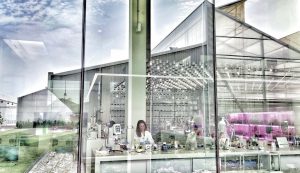
There is growing acceptance and integration of biostimulants into the wider fertilizer and agricultural markets. This is illustrated by rocketing sales, the spate of new product launches, and merger and acquisition activity.
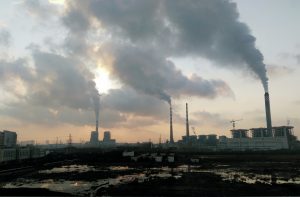
Most processes involving sulphur, from smelting to refining, produce sulphur dioxide as a by-product. Regulations continue to tighten on industrial SO2 emissions worldwide, leading to greater recovery of sulphur and sulphuric acid at these sites.

Advanced Methanol Amsterdam (AMA) is a production facility, that will be realised in the Port of Amsterdam's Biopark, which is destined to produce advanced methanol that meets the European renewable energy directive (RED) requirements. Once completed, AMA will be the flagship production site for GIDynamics and GIDARA Energy and for its High Temperature Winkler (HTW ® ) gasification technology. AMA will also be the first of its kind green methanol unit designed by Casale.

Optimisation of the nitric acid process depends on good process visualisation tailored to the specific process parameters of the plant, improvements in combustion efficiency, reduction of N2 O emissions and the optimal use of platinum group metals.
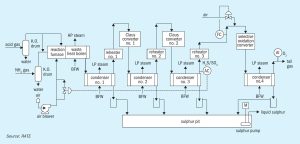
M. Rameshni and S. Santo of Rameshni & Associated Technology & Engineering (RATE USA) report on advanced catalysts for increasing the sulphur recovery efficiency of new and existing sulphur recovery units to meet stricter environmental regulations.
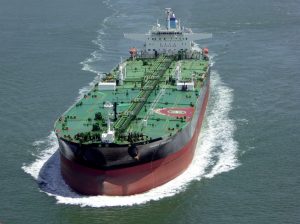
US refiners have upgraded to take advantage of generally cheaper, sourer crude feeds. However, a ban on oil imports from Russia may make that harder to come by.
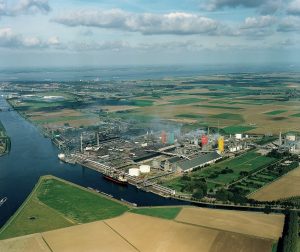
High feedstock prices and regulatory burdens continue to put pressure on European nitrogen producers to innovate.
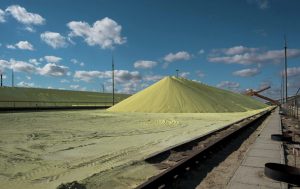
The extensive sweep of financial sanctions against Russia in the wake of the invasion of Ukraine, coupled with Russia’s position as the leading exporter of numerous commodities means that the impact of the 2022 price shock may be worse than 2008.